
Chushu no Meigetsu: Illuminated Whispers of the Full Moon
Written by Team MUSUBI
What comes to mind when you hear of a full moon night?
It could be witches, werewolves, high tides, or a sense of mystery evoked by the large moon suspended in the sky. However, as someone who was born and raised in Japan, my mind goes to an adorable rabbit and a feeling that an insect chorus is resonating somewhere in the distance.
tables of contents
The History and Meaning of Chushu-no-Meigetsu

"Chu-shu" means "middle of autumn" in the old lunar calendar that Japan once used. "Mei-getsu" translates to "bright moon." The festival originated as a harvest celebration and, over time, also became a symbol of family ties.

In Japan, a common belief is that a rabbit is pounding rice cakes on the moon, an idea rooted in a Buddhist tale.
"Once upon a time, in a particular place, there were a rabbit, a fox, and a monkey. One day, they encountered an old man who seemed exhausted and was seeking food. Feeling compassion nate, the three animals set out to gather sustenance for him. The monkey brought back tree nuts, and the fox fetched some fish. However, despite its genuine efforts, the rabbit couldn’t find anything to offer. In its distress, the rabbit jumped into the fire to sacrifice itself for the old man's nourishment. Although unknown to the animals, the old man was actually Taishakuten, a deity who aimed to test their virtues. Deeply moved by the rabbit's selflessness, Taishakuten brought it back to life and placed it on the moon as an exemplar of noble behavior."
As for the rabbit's act of pounding rice cakes, there are several theories. Some propose that "the rabbit is making rice cakes for the old man," while others argue it represents an endeavor "to ensure people never go hungry." Considering that the Mid-Autumn Festival commemorates the harvest season, the gesture could very well symbolize gratitude for an abundant rice harvest.
Items to Prepare
1. "Tsukimi Dango" (Moon-viewing rice dumplings)

As a full moon lights up the autumn sky, the delicate, moon-like Tsukimi Dango takes center stage on the table for Chushu-no-Meigetsu. These dumplings were created as a gesture of gratitude for the grain harvest by processing rice into flour and then shaping it into round balls. While these dumplings are crafted to resemble the moon, they come in various unique versions across different regions. Even if you don't have these specific dumplings available, it's seen as auspicious to present round sweets symbolizing the moon or to offer vegetables and fruits harvested in the autumn. Following the delightful presentation of dumplings and various offerings, individuals savor them in the company of loved ones.
2. Japanese Taro

Another popular food offering is a round-shaped taro. During the festival, the full moon is often referred to as the "Taro Moon." In times past, when rice was in short supply, many people relied on taros as their main food source. This tradition continues today, with taro still being offered at the festival.
3. "Susuki" (Japanese Pampas Grass)

"Susuki" is traditionally seen as a vessel for deities. Because the event occurs before the harvest of rice, Susuki is chosen for its resemblance to rice stalks. Furthermore, the sharp edges of Susuki are believed to protect against evil spirits. During the moon-viewing event, place it in a vase as a decoration. After the event is over, hang it from windows and entrances. If you don't have Susuki available, offering seasonal plants or flowers from your garden is a good alternative for the occasion.
Setting Up The Perfect Spot for Moon-Watching

Consider moving your dining table closer to the window, allowing you to enjoy your meal and evening drink with a view of the moon. Don't forget to indulge in some Tsukimi Dango (moon-viewing dumplings) for dessert. Such a simple adjustment can transform an ordinary dinner into a moon-viewing celebration.
To enhance the atmosphere, turn off as many room lights as possible and light some candles. As the evening progresses, everyone can try to spot the mythical moon rabbit or engage in delightful conversations about the moon, creating a truly romantic ambiance.
What Do You See in the Moon's Shadow?

As you spend time with those dear to you beneath the moon's glow, wouldn't the discussion naturally turn to how each of you perceives the moon's shadow?
Each of you may see something different with your own eyes.
The moon consistently presents the same face to Earth due to its synchronous rotation, meaning no matter where you stand on our planet, you'll observe the same lunar surface, albeit with slight variations in perspective. However, people from different cultures interpret the moon's patterns in their unique ways.
For instance, these include a crab, a rabbit making rice cakes or grinding herbs, a woman's profile, a man resting under a tree, a grandmother reading a book, a crocodile, a donkey, and various imaginative renderings. Reflecting on this can be a poetic endeavor. Savor a delightful meal and cherish serene moments with those dear to you.
On this beautiful autumn night, with the room bathed in moonlight, I hope you have a unique and enchanting evening unlike any other.


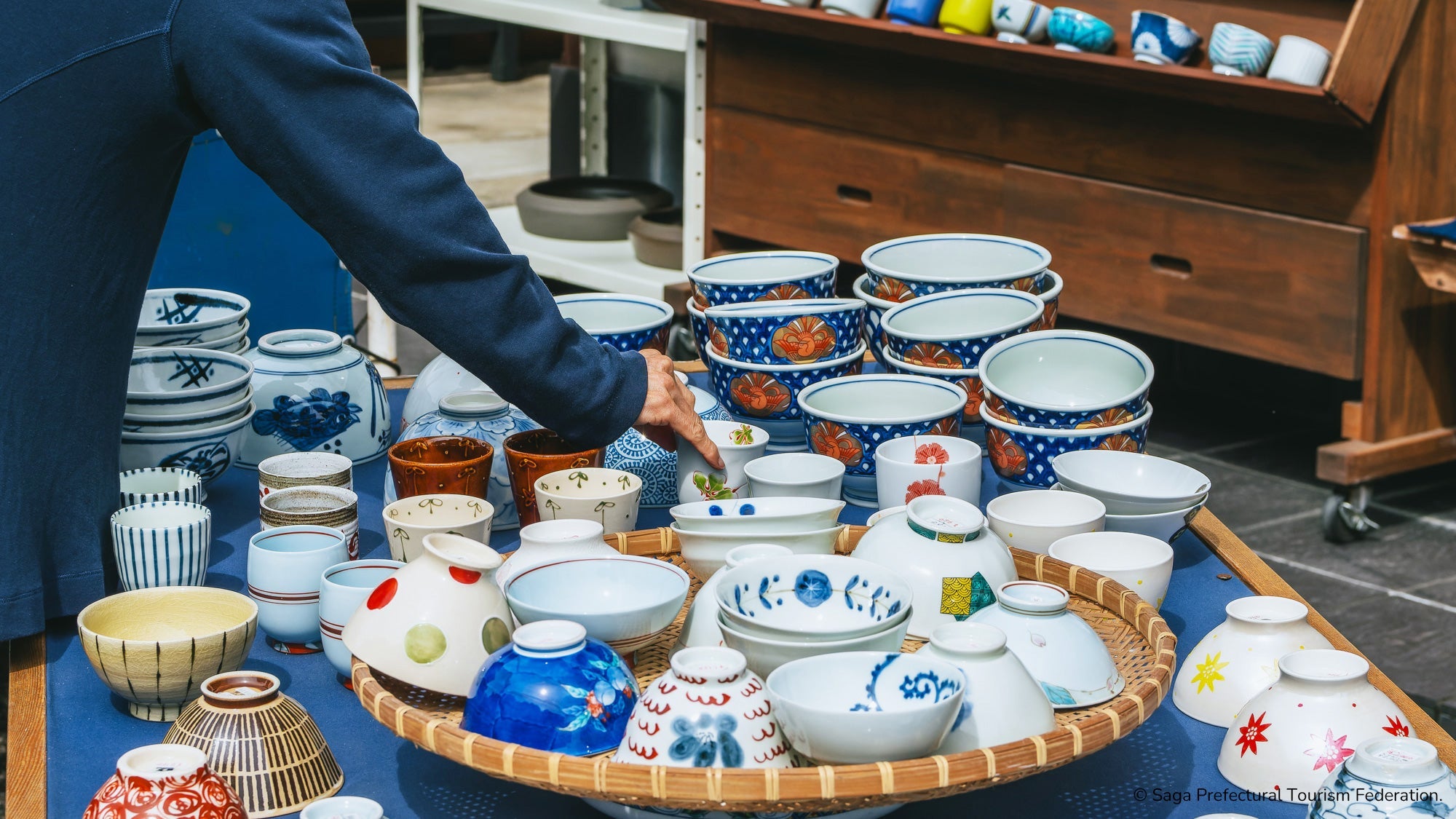
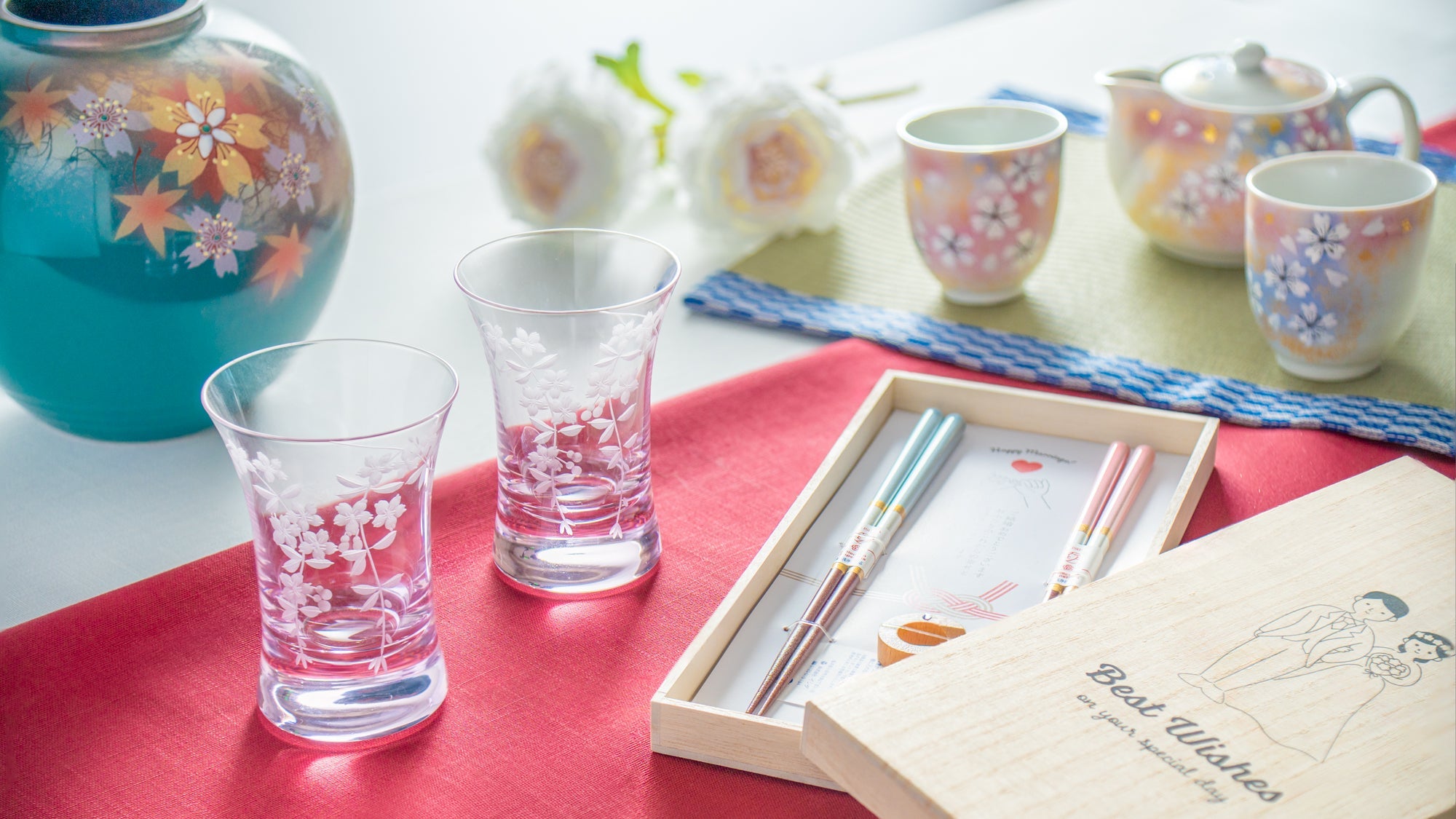
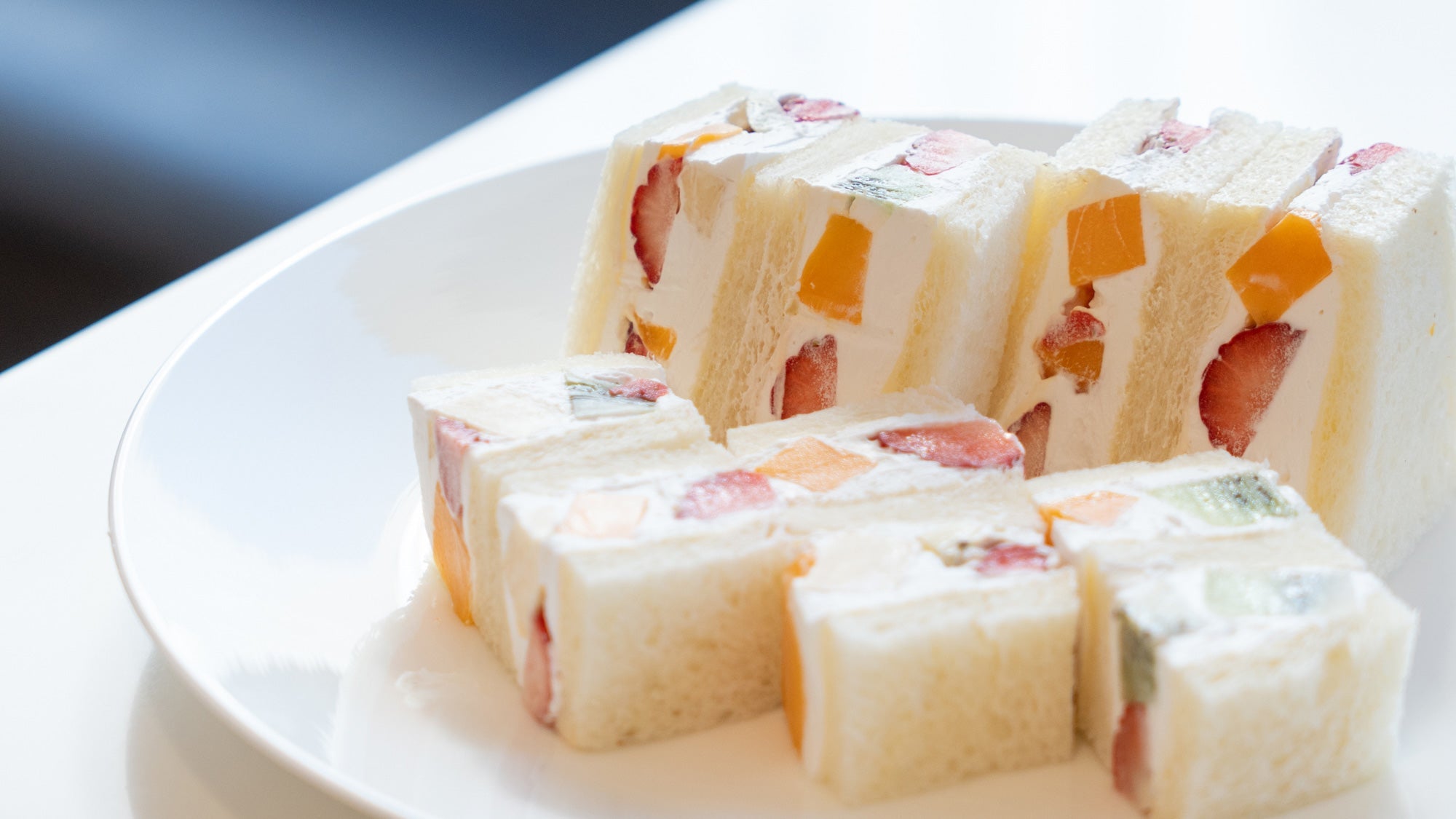

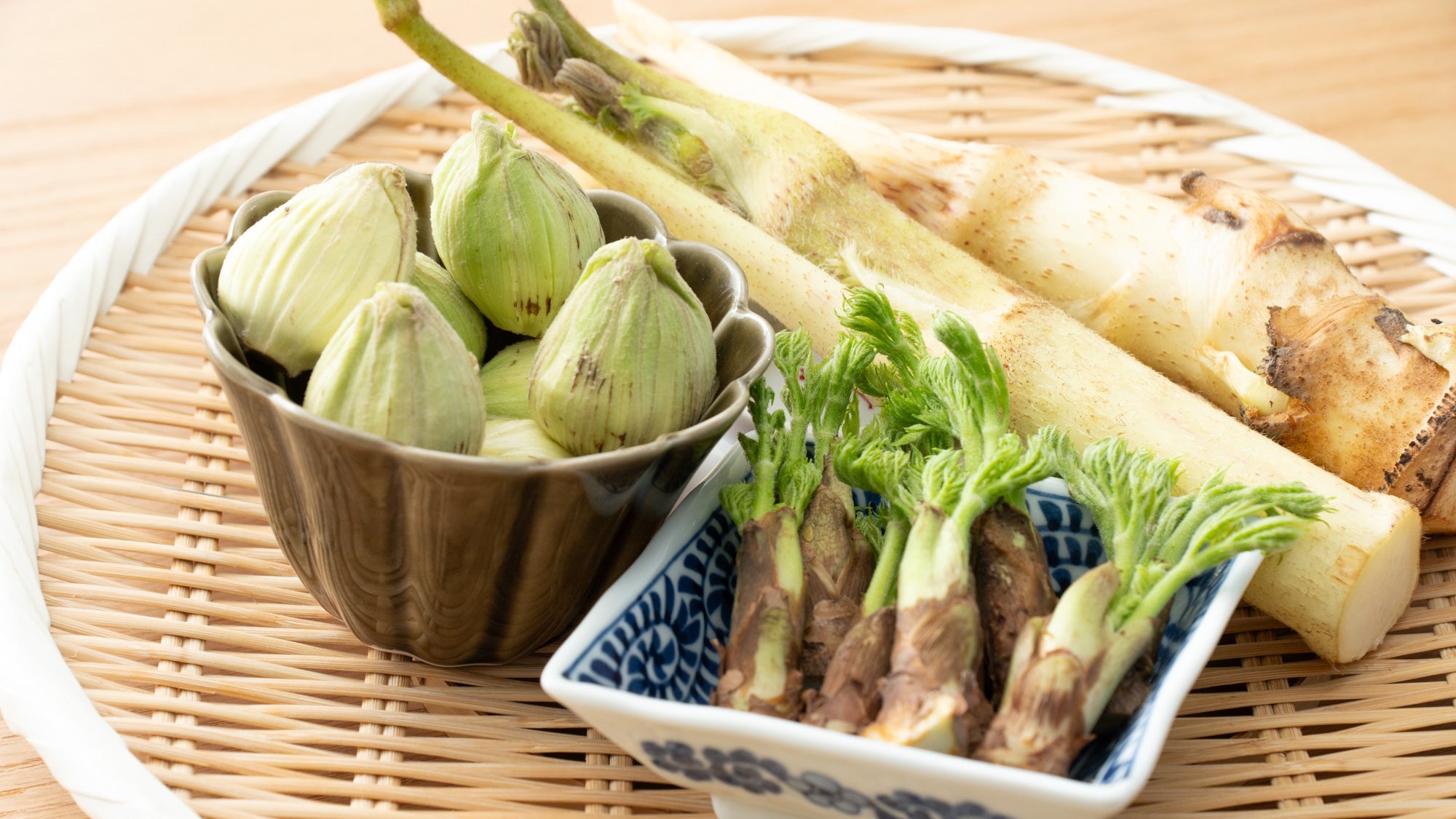
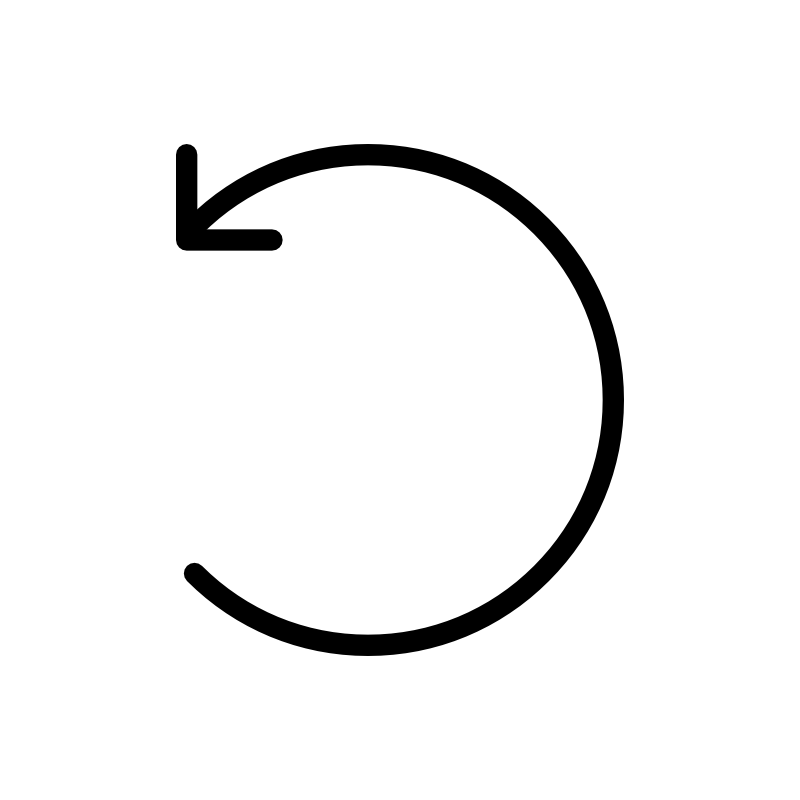
Leave a comment
This site is protected by hCaptcha and the hCaptcha Privacy Policy and Terms of Service apply.